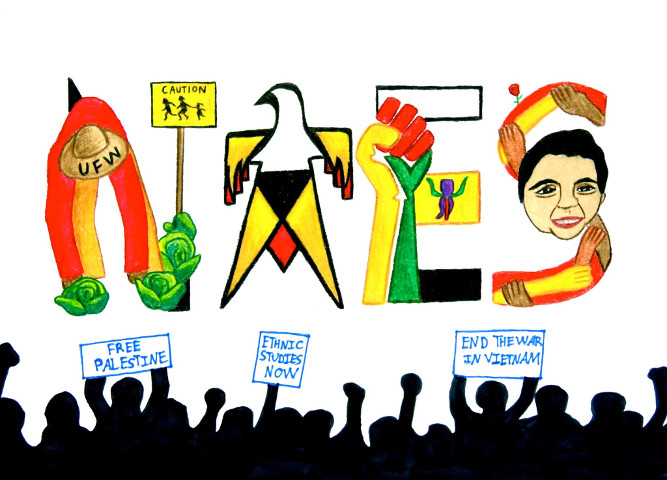Explorations in Sights and Sounds

Orginal Publication Date
1994
Journal Title
Explorations in Sights and Sounds
Volume
14
Issue
ess/vol14/iss1
First Page
6
Last Page
7
Abstract
Migration in the late 20th century has become increasingly complex. The nature of migration has changed considerably from 1885, when E.G. Ravenstein first enumerated his laws of migration. In contrast to Ravenstein's simple "configurations of internal migration," Dr. Barkan likens modern migration to a jungle gym: If one were to picture an elaborate children's outdoor jungle gym, constructed so that it can be made to undulate gently and gyrate, the analogy would come close to the reality of global migration. As the children decide to climb, several choices confront them in terms of direction and destination, although not all may be equally appealing or accessible. The jungle gym is also made to move somewhat (the instability adding to the adventure), and some paths are blocked by obstacles, others crowded by children who got there first, and on some of the bars are friends offering assistance. One can envision different groups of children venturing on, waiting, turning back, climbing onto other bars, or seeking their goals by other directions, all the time adjusting to the uncertain movements of the whole apparatus. The individual children make their own decisions, but there is a definite collaborative aspect to the process taking place. (22) Barkan sets as a first task updating Ravenstein's laws. After describing the state of the migration literature, Barkan enumerates twenty-seven propositions which summarize the factors affecting migration. The propositions are particularly tailored to account for the incredible complexity of the modern migration decision and the institutional framework surrounding it.
Rights
Copyright, ©EES, The National Association for Ethnic Studies, 1994


